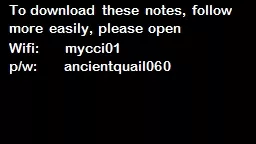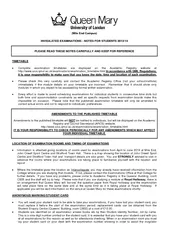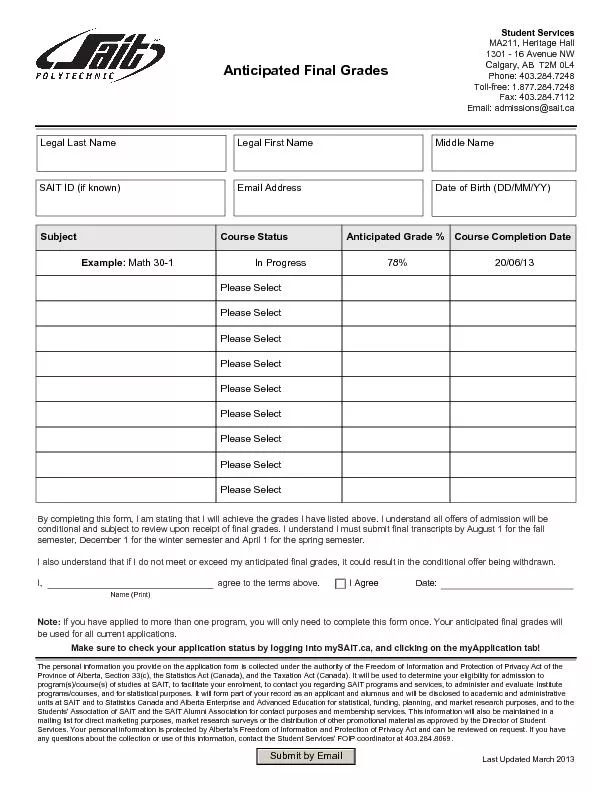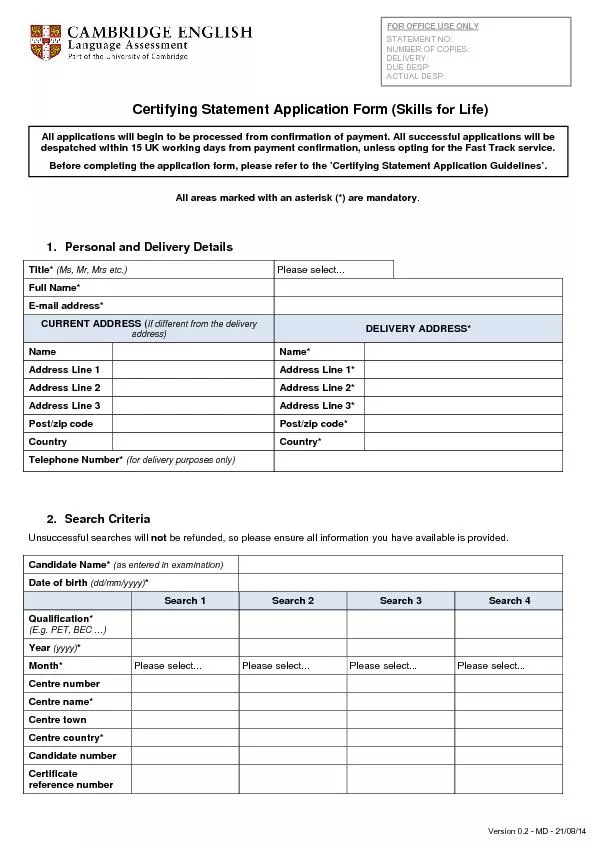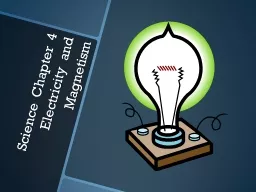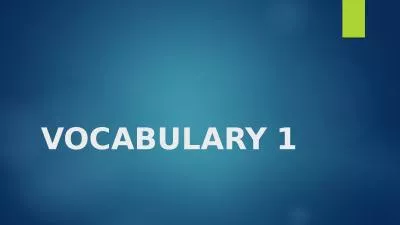PPT-To download these notes, follow more easily, please open
Author : olivia-moreira | Published Date : 2017-03-18
Wifi mycci01 pw ancientquail060 Why Kol Nidre Renunciation of Vows And why on Erev Yom Kippur Traditional text All vows Kol Nidre כל נדרי
Presentation Embed Code
Download Presentation
Download Presentation The PPT/PDF document "To download these notes, follow more eas..." is the property of its rightful owner. Permission is granted to download and print the materials on this website for personal, non-commercial use only, and to display it on your personal computer provided you do not modify the materials and that you retain all copyright notices contained in the materials. By downloading content from our website, you accept the terms of this agreement.
To download these notes, follow more easily, please open: Transcript
Download Rules Of Document
"To download these notes, follow more easily, please open"The content belongs to its owner. You may download and print it for personal use, without modification, and keep all copyright notices. By downloading, you agree to these terms.
Related Documents

